Favorite Things: Wooden Spoons
May 07, 2012
This post may contain affiliate links. Please read our disclosure policy.
Can I just first admit how strange it is to go from cedar trees, Mt. Lebanon, and the Mediterranean Sea to wooden spoons? But here we are, a little sleepy and off-kilter, but back in the kitchen. It’s good to be home.
I’m sort of a collector of wooden spoons. Their hues, their shapes, their smooth grain make me want to not only cook with them, but keep them out where I can reach for them with ease and look at them all of the time.
My favorite wooden spoon was a casualty of the many moves I made during the last few years. I loved that spoon. I bought it at the Greenbrier when I was there for the Symposium for Professional Foodwriters, and used it often for savory cooking and beauty-gazing. I had wrapped it in newspaper and boxed it with some other things in the bizarre move after divorce, and it got tossed without notice among the debris. There was other debris during that time, debris of the heart, which gave the inadvertent tossing of the spoon even more potency. I sat on the kitchen floor and cried (an event that was becoming not atypical and one that makes me laugh a little now) when I discovered it was gone, as though I had pitched my own appendage along with my hopes and dreams. Perhaps I was crying for what else was gone, but the spoon took it on the chin.
There is this to keep in mind about your wooden spoons: keep them separate for savory and sweet jobs. That way you won’t impart the scent of garlic to your pastry cream, or vanilla to your garlicky lentil soup unintentionally. It’s kind of a pain to keep track of which is which, but I think it’s worth it to try. Let your nose be your guide.
To clean a wooden spoon, treat it like your knives: never, ever put it in the dishwasher. This just breaks down the wood and batters a thing of beauty into a chalky, cracked mess. Rinse a dirty spoon in warm, sudsy water soon after use. Scrub with a bristle or sponge if need be, and dry it good. Wooden spoons need to air dry after they’re towel-dried, which is another good reason, if beauty and proximity to the stove aren’t enough, to keep them out in a container on the counter. Sometimes I find myself rubbing my older wooden spoons with a little mineral oil (cooking oils can go rancid on the spoon) to give them some luster back, same way we need to do now and then for ourselves with a buff at a spa or a moment in the sun. Some of the beauties you see here came from Mackerel Sky in East Lansing. I even have an adorable tiny wooden spoon from this shop; it’ll be no surprise that it came from Cindy.
It’s Mother’s Day this week, and we’re making the dessert my mom chooses whenever I ask her what she’d like for a treat: cream puffs (a little palate cleanser after all of the Lebanese food we’ve been eating). They’re creamy and puffy and comforting, and they call for a wooden spoon to get there. Have yours handy? Good! These are going to please.
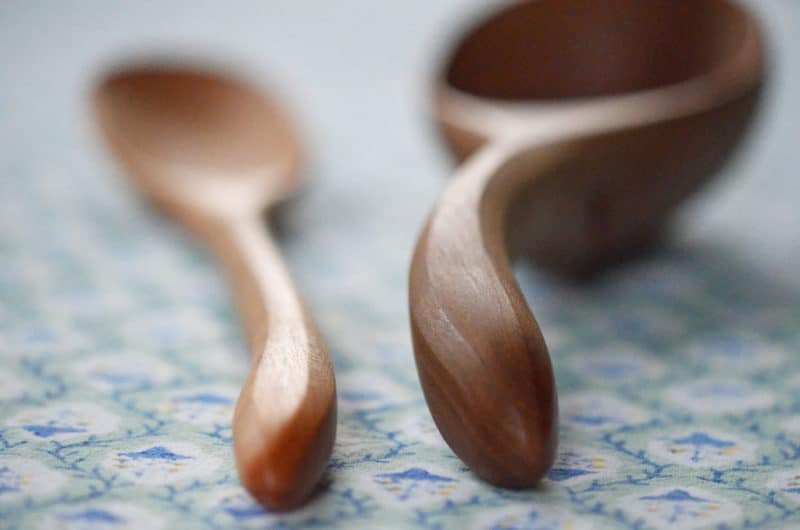
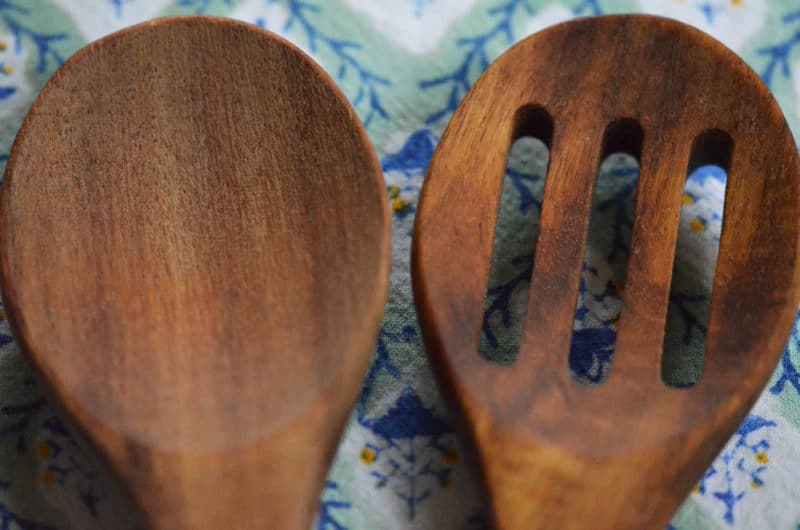
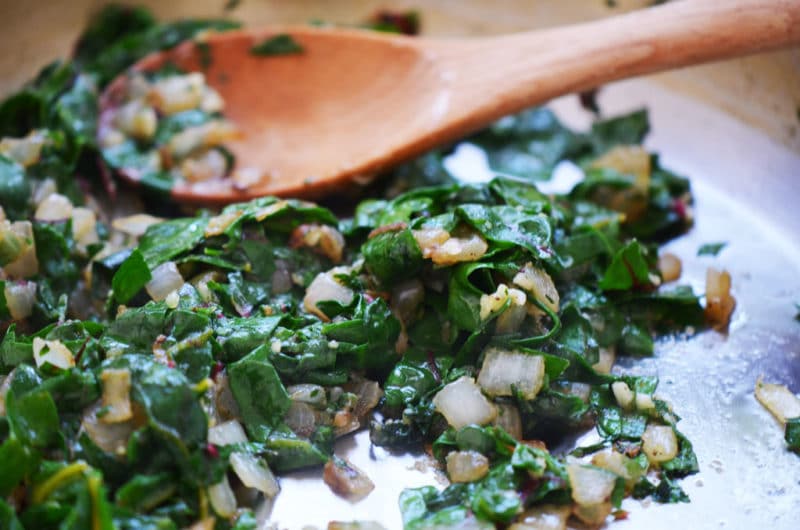
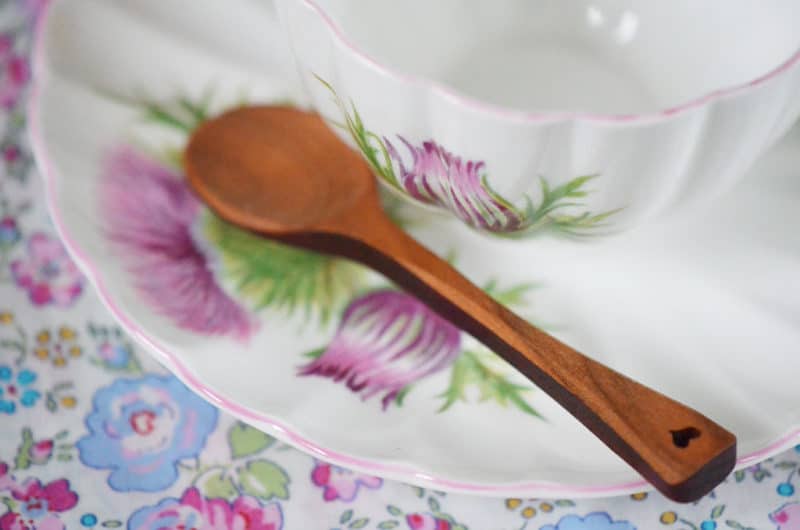
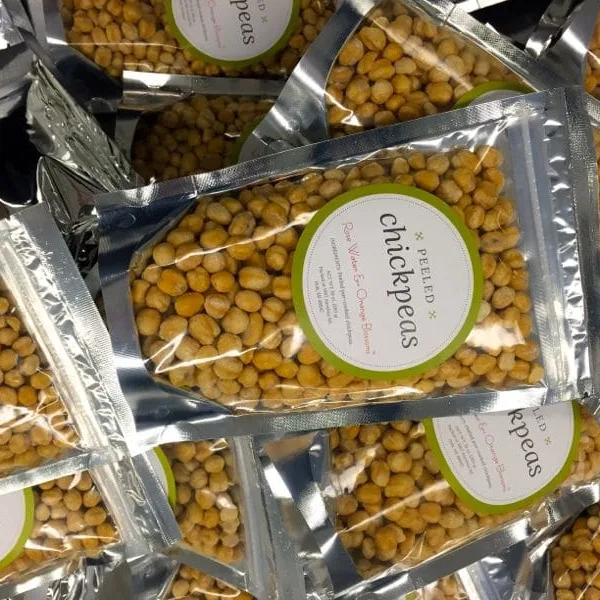
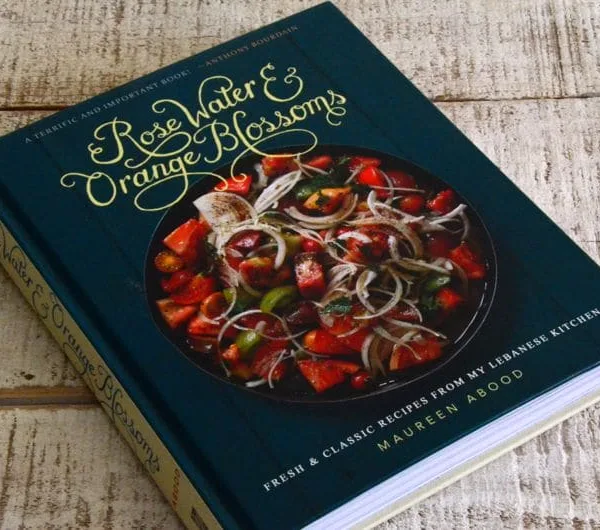
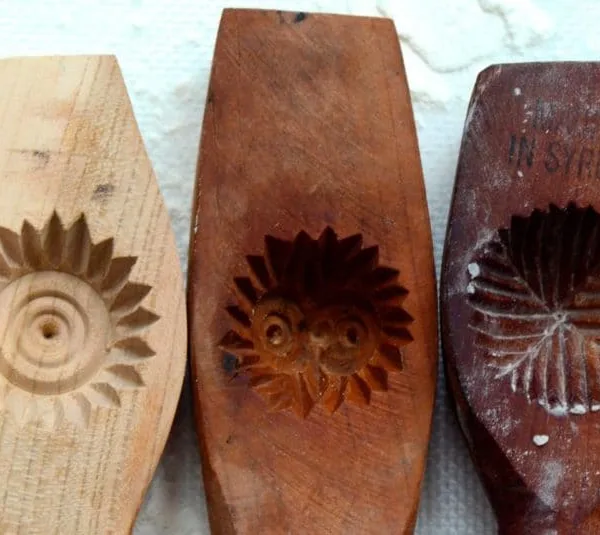
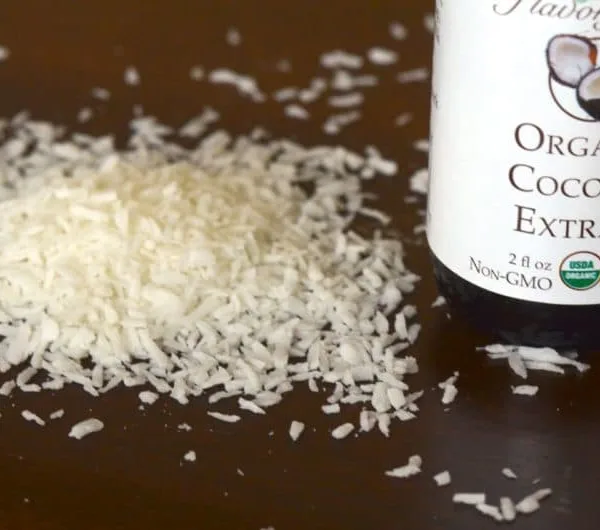







I recommend a lovely blog:
https://shop.herriottgrace.com/ for divine, one-of-a-kind wooden spoons.
Nothing like a beautiful wooden spoon! I like to lick them too!
Glad you got home safely!
Love wooden spoons but I’m suffering withdrawal not seeing more pictures of Lebanon!!!
Welcome back to the kitchen!
Never thought of keeping them separate. But if one is going to do that, wouldn’t it be easier to put a spot of paint on the end of the handle? One could even have different colors for different spices. Or would this remove the beauty for you?